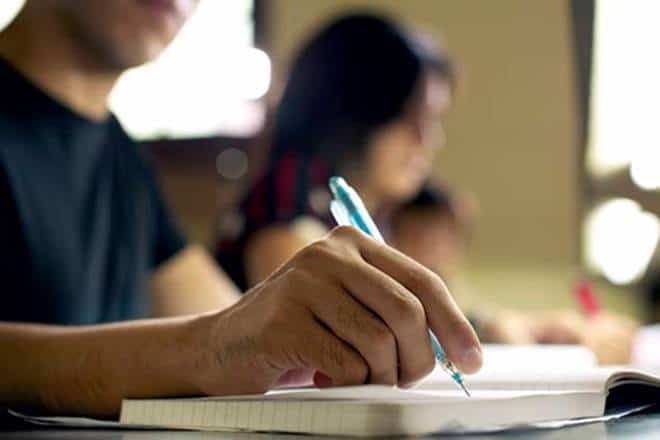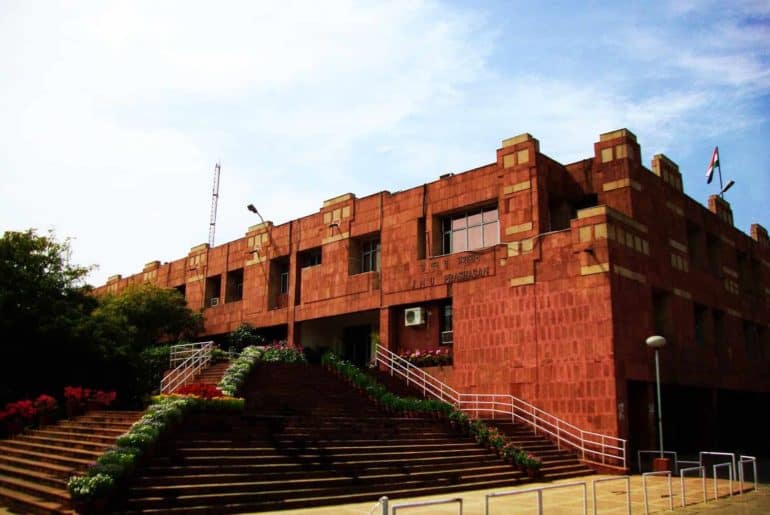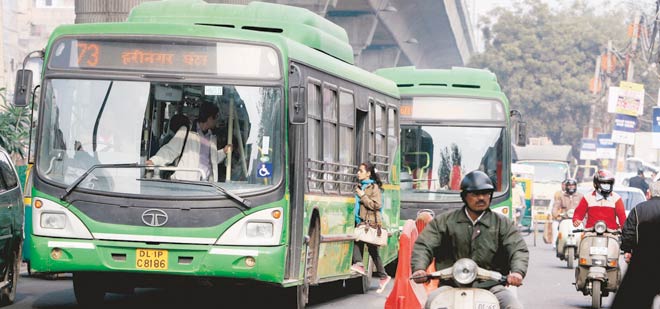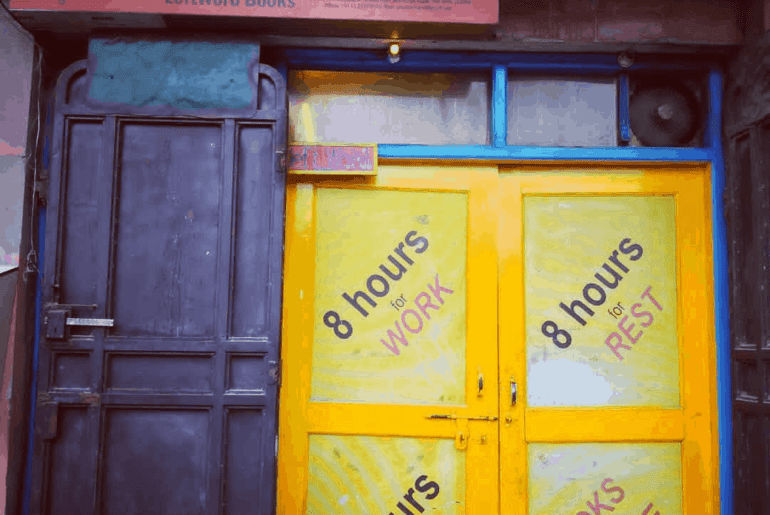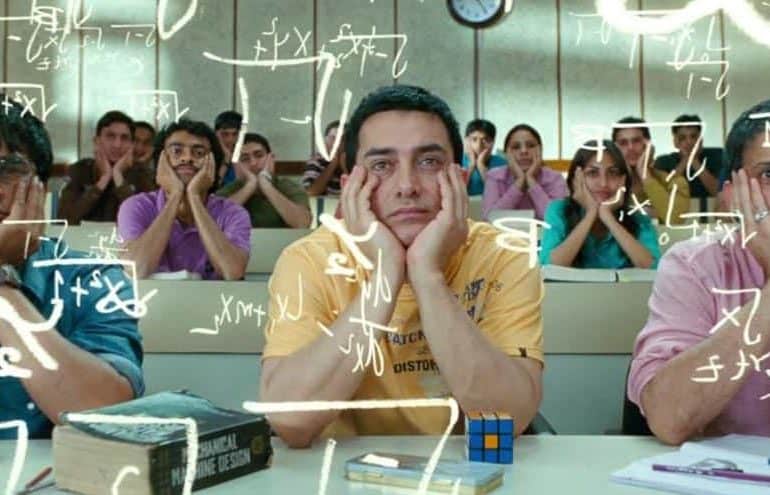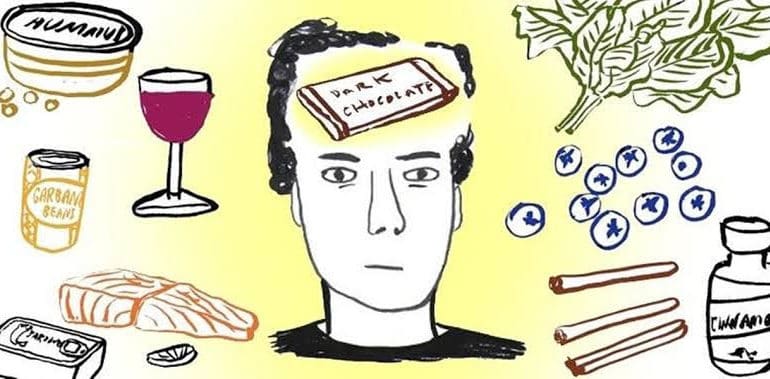It is that time of the year- long, dark and brutally cold nights coupled with sunny days. Basically, the time of the year when you fall in love with your bed and blanket all over again. As a season, winter can be real-intimidating for some people, for reasons closely associated to bathing and driving.
To help you cope with the season, here’s a list of food that you must eat during the winter, while enclosing yourself into a cosy blanket. Food and blanket and warmth:
- Porridge
Remember how your elders often used to say that porridge is good for health and you always ran away from it? Well, we’re sorry to have left your side right in the beginning, but we can’t help it. So, here’s the deal: Porridge is clinically proven to be the best kind of breakfast that’s available out there, especially during winters. This is for multiple reasons: For starters, porridge is a slow-release food- hence, it provides more energy as compared to conventional breakfast like bread and butter, sandwiches etc. Plus, porridge, belonging to the grain category of agriculture-based food products, plays an instrumental role in retention of body heat.
- Citrus Food/ foods containing Vitamin C
Citrus foods are the best additives to the diet in order to strengthen one’s immunity. Proven to accelerate the body’s capability to fight disease causing germs, Citrus Fruits and Vegetables are an important part of the diet. Another fun fact, lemons help with hangovers as well!
- Foods rich in Iron and Zinc
During the winter months, we can come into contact with viruses that can cause colds or even the flu. So, it’s important that our immune system functions normally and zinc helps with this. Foods such as oysters, spinach and legumes are good sources of zinc. Ever wonder why Popeye was always infatuated with Spinach? Perhaps this was the reason.
- Cheese
Are you a fan of cheeseburgers? Or delicious cheese sandwichs? We got your back! It has been established that the consumption of cheese is instrumental in promoting body heat retention, along with it being one of the best sources of nourishment.
- Swap Sugary foods for Vegetable Roots
Planning to change your cover photo with a glass of red wine, but can’t save up enough for a glass of that bad boy? Well, this may sound like a life-hack for you then. Take a beetroot, juice it, pour the juice into fancy wine glasses, and pose. There you have it, a healthy solution, to an expensive and high calorie problem.
Jokes apart, it is always a good idea to substitute sugar-laden foods for more natural sources of sweeteners, like Beetroot. They are easy on the pocket, your waist, as well as your health. Switch to organic sweeteners, for the sake of a long and healthy life.
- Dry Fruits
Also known as the munchies of the Winter season, dry fruits occupy a special position in our world, especially Indian society. Let us agree with one thing- we all have a small box (at times it is multiple boxes) in our cupboards containing an assortment of dry fruits. Not only are they the perfect late-night companions, but they are also nourishing. Now that is what you call a win-win situation.
Feature Image Credits: Minimalist Baker
Aashish Jain



